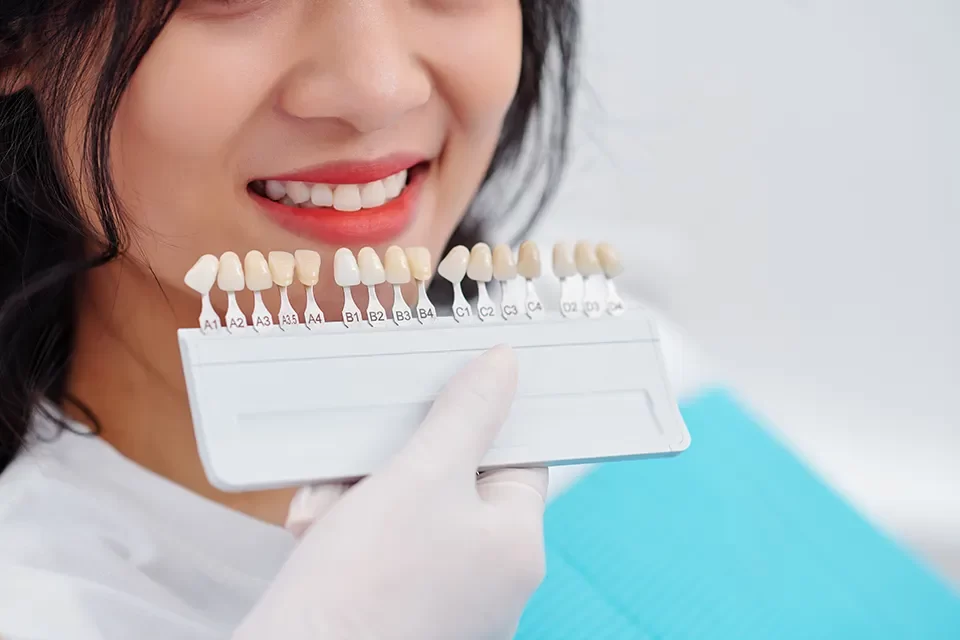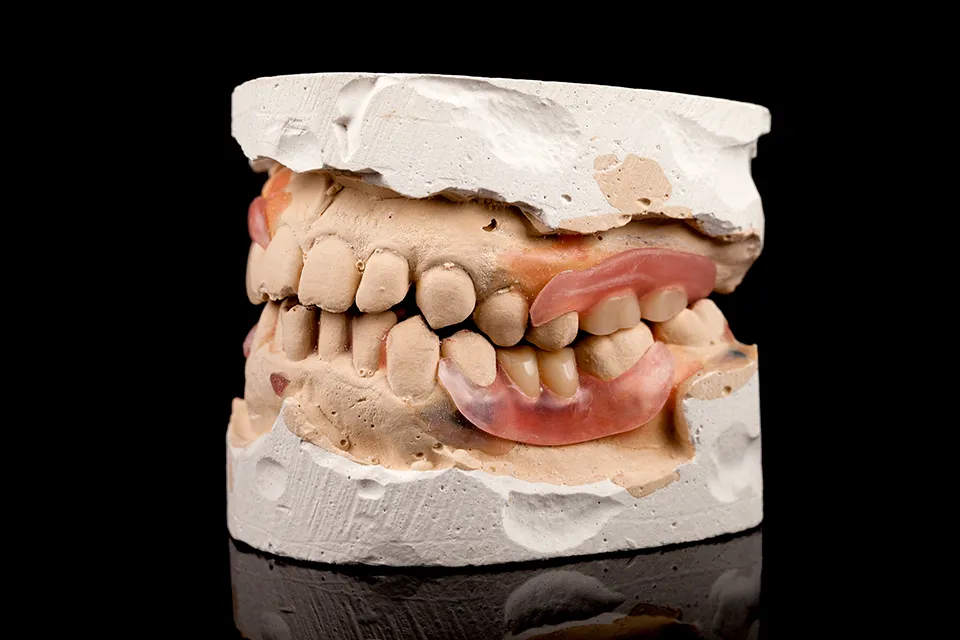When it comes to restoring your smile, dental bridges are a highly effective solution. They help to fill gaps left by missing teeth, which improves both the function and appearance of your teeth. Dental bridges in Toronto are a popular choice among patients looking for long-term tooth replacement solutions. Understanding the types of dental bridges available is critical for making an informed decision about your care. In this post, we’ll look at the various types of dental bridges, how they work, and which one may be the best fit for you.
What Are Dental Bridges?
Dental bridges are prosthetic devices that replace missing teeth by “bridging” the space between two natural teeth. These bridges are typically made from materials like porcelain, ceramic, or metal. The surrounding teeth, known as abutments, provide support for the bridge. The missing teeth are replaced with artificial teeth, known as pontics, which restore your smile’s function and appearance.
Now, let’s take a closer look at the various types of dental bridges available. Each has unique benefits based on your oral health requirements.
Also Read: The Comprehensive Guide to Dental Bridges: Exploring Types, Benefits, and Procedure
1. Traditional Dental Bridges
Traditional dental bridges are the most commonly used type. They consist of one or more pontics (artificial teeth) anchored to the neighboring natural teeth, known as abutments. The abutment teeth are frequently reshaped to support crowns that keep the pontics in place.
These types of dental bridges are ideal for people who have healthy teeth on both sides of the gap. Traditional bridges offer a strong, long-lasting, and aesthetically pleasing solution for missing teeth. However, this procedure requires some preparation of the surrounding teeth to support the crowns.
Also Read: Dentist in Moore Park
2. Cantilever Dental Bridges
Cantilever bridges are most commonly used when only one natural tooth is adjacent to the gap. The bridge is only anchored on one side, making it an effective solution for missing teeth with a single abutment. A single pontic is placed on the gap, supported by a crown that attaches to the neighboring tooth.
While cantilever bridges can be effective, they are typically less stable than traditional bridges. They are frequently used on front teeth, with less pressure on the bridge during biting or chewing. As a result, they might not be suitable for back teeth.
3. Maryland Dental Bridges
Maryland or resin-bonded bridges are a more conservative option that does not require significant changes to the neighboring teeth. Instead of full crowns, the bridge consists of a metal or porcelain framework with “wings” bonded to the backs of adjacent teeth.
Maryland bridges commonly replace missing front teeth, mainly if the adjacent teeth are in good condition. They are less invasive and require less preparation of the natural teeth, but they may not be as long-lasting as other types of dental bridges, especially for back teeth.

4. Implant-Supported Bridges
Implant-supported bridges are among the most stable and long-lasting solutions for missing teeth. Rather than relying on natural teeth to anchor the bridge, dental implants are surgically placed into the jawbone to serve as the foundation. These implants hold the bridge in place, resulting in a highly durable and secure restoration.
This option is ideal if you don’t have healthy teeth to serve as abutments or prefer a solution that does not require altering your teeth. Implant-supported bridges benefit people who need to replace multiple teeth or want a permanent, long-term solution to tooth loss.
5. Fixed Partial Denture Bridges
A fixed partial denture is another type of dental bridge that combines metal’s durability with acrylic’s aesthetic benefits. It can replace one or more missing teeth and is usually secured to the surrounding teeth with crowns. Unlike traditional dental bridges, fixed partial dentures frequently combine metal and porcelain.
These types of dental bridges are affordable and can provide a long-lasting solution for multiple missing teeth. However, they may not be as visually appealing as other types of bridges and may be less durable over time.
Also Read: Cost of Dental Bridges
Which Type Is Right for You?
Choosing the best type of dental bridge depends on your specific dental needs, including the condition of your surrounding teeth, the location of the missing teeth, and your budget. Your dentist will assess your oral health and discuss your options to help you decide which type of dental bridge is best for you.
Whether you choose a traditional, cantilever, Maryland, implant-supported, or fixed partial denture bridge, each option has advantages. Working with your dentist to make an informed decision and achieve the best possible result for your smile is essential.
Read More: Cost of Dental Bridges: Factors Influencing the Price
In summary, there are several types of dental bridges to consider when replacing missing teeth. Each option has advantages based on oral health, the number of teeth you must replace, and your preferences. Dental bridges can improve the appearance and functionality of your smile, so they are a worthwhile restoration option.
For more information or to schedule a consultation, contact Dental Land in Summerhill, Ontario, today to find the best dental bridge solution.

